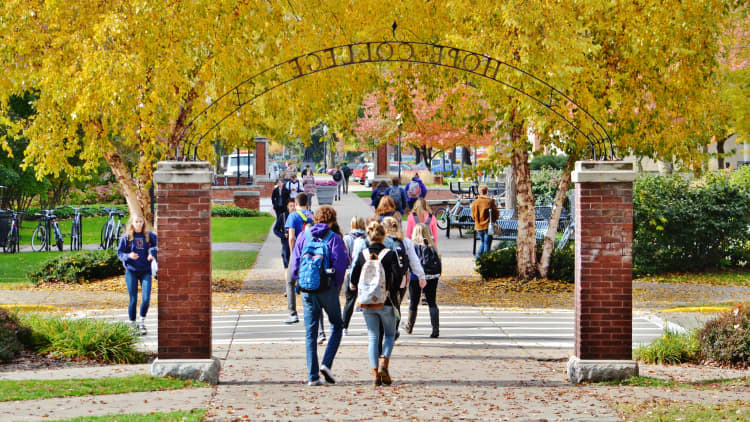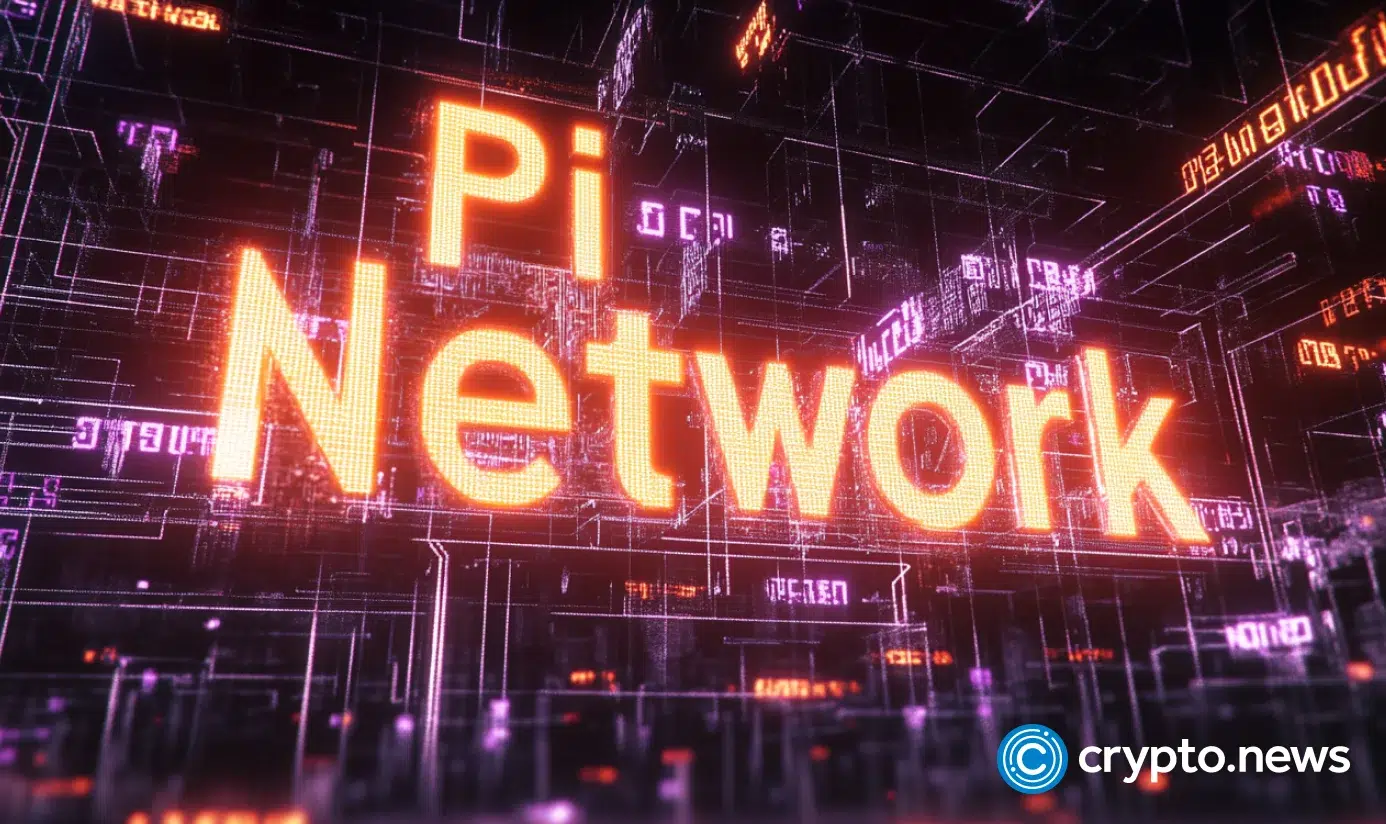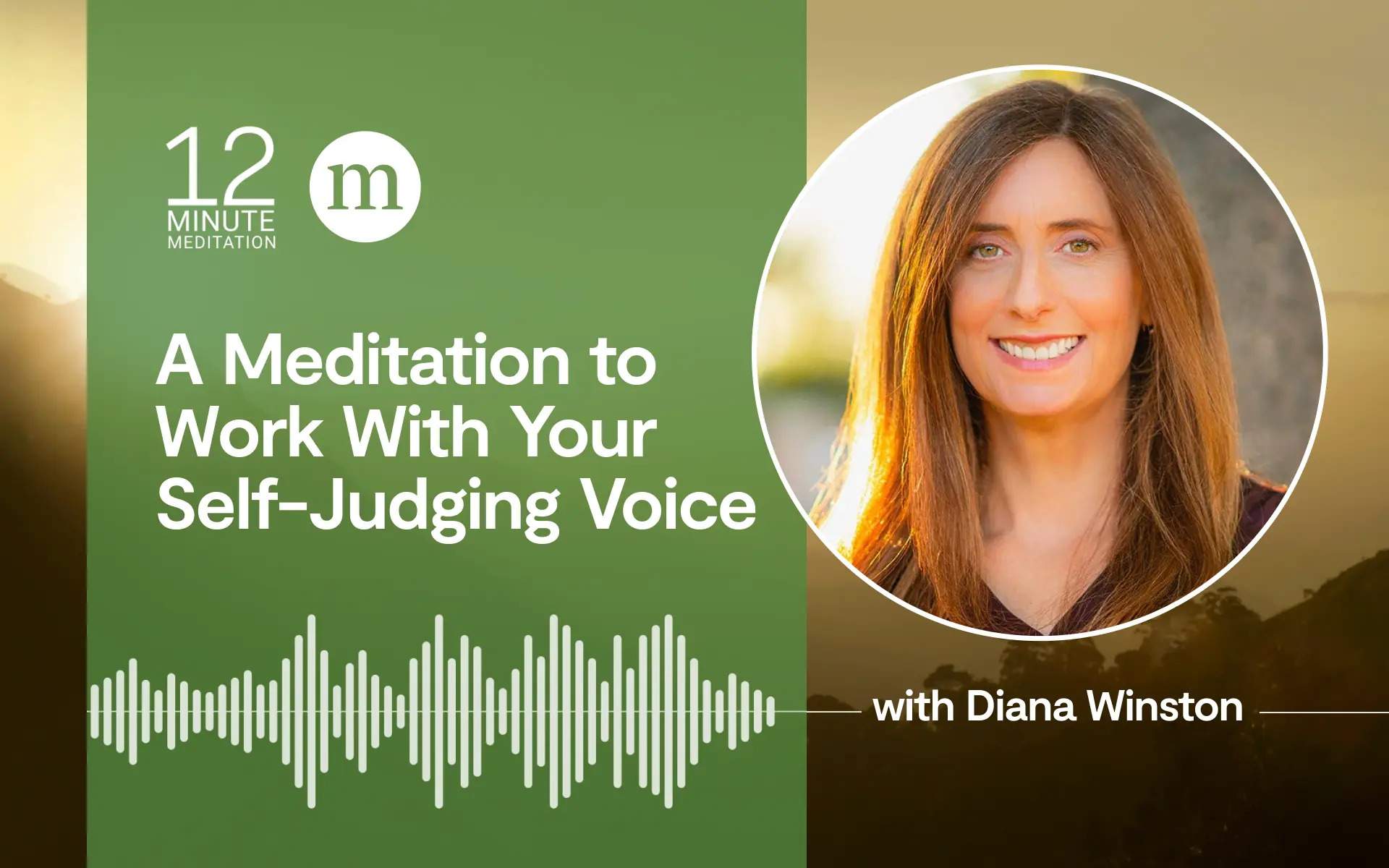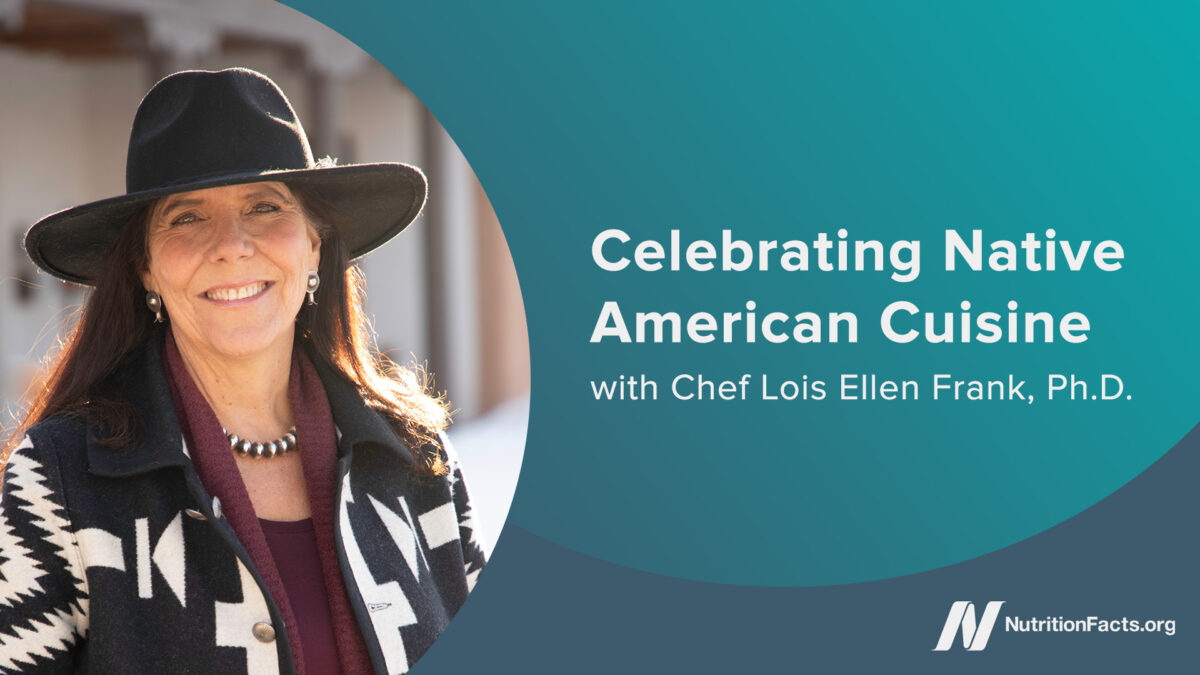Here are some student loan repayment tips amid challenging times for borrowers
It's a challenging time for many federal student loan borrowers just trying to pay off their debt. Here's what borrowers need to know.

Sdi Productions | E+ | Getty Images
It's a challenging time for many federal student loan borrowers just trying to find ways to pay off their debt.
Millions of borrowers who enrolled in the Biden administration-era Saving on a Valuable Education plan are now in limbo after the program was blocked by Republican-led legal challenges.
Meanwhile, the Trump administration has changed the terms on several other repayment plans.
To successfully keep up with your student loan payments and eventually emerge debt-free, borrowers should explore their options and understand the terms of their repayment plan. Here's what you need to know amid major challenges to the lending system.
How the SAVE plan got blocked
A U.S. appeals court in February blocked the Biden administration's student loan relief plan known as SAVE.
The 8th U.S. Circuit Court of Appeals sided with the seven Republican-led states that filed a lawsuit against the U.S. Department of Education's plan. The states had argued that former President Joe Biden, with SAVE, was essentially trying to find a roundabout way to forgive student debt after the Supreme Court struck down his sweeping debt cancellation plan in June 2023.
SAVE came with two key provisions that the lawsuits targeted: It had lower monthly payments than any other federal student loan repayment plan, and it led to quicker debt erasure for those with small balances.
Forbearance has no clear end date
When its SAVE plan got tied up in legal challenges, the Biden administration put millions of borrowers who'd enrolled in the plan in an interest-free forbearance. Borrowers, if they wish, can still remain in that payment pause.
There's no specific end date to that forbearance as of now, said Scott Buchanan, executive director of the Student Loan Servicing Alliance, a trade group for federal student loan servicers.
More from Personal Finance:
Stock volatility poses an 'opportunity'
How tariffs fuel higher prices
The 'danger zone' for retirees when stocks dip
But unlike the Covid-era pause on student loan bills, this forbearance does not give borrowers credit toward debt forgiveness under an income-driven repayment plan or Public Service Loan Forgiveness.
Historically, at least, IDR plans limit borrowers' monthly payments to a share of their discretionary income and cancel any remaining debt after a certain period, typically 20 years or 25 years. PSLF, which President George W. Bush signed into law in 2007, allows certain not-for-profit and government employees to have their federal student loans wiped away after 10 years of payments.
Borrowers have other options
Some borrowers who are in the SAVE program's forbearance might want to sit tight, said higher education expert Mark Kantrowitz. Not having to make payments might be a relief to those who are experiencing any financial struggles.
Another benefit of remaining in the payment pause is that interest isn't accumulating on your debt, like it would under other IDR plans, Buchanan explained.
"But months in SAVE forbearance do not count toward loan forgiveness, so both those considerations need to be weighed when thinking about switching plans," Buchanan said.
If you do decide to switch out of the now-blocked SAVE plan, the Trump administration says that the other IDR plans now open are: Income-Based Repayment, Pay As You Earn and Income-Contingent Repayment.
The Education Department recently reopened those IDR plan applications, following a period during which the plans were unavailable. (The Trump administration said it was updating the plans' applications to make them comply with the recent court order over SAVE.)
Borrowers should know that the automatic loan forgiveness after 20 or 25 years is not available at the moment under ICR or PAYE "since the courts have questioned that permissibility under statute," Buchanan said.

Still, if a borrower enrolled in ICR or PAYE, then switches to IBR, their previous payments made under the other plans will count toward loan forgiveness under IBR, as long as they meet the plan's other requirements, Buchanan said.
Meanwhile, borrowers in any of the three IDR plans can get credit toward PSLF.
If you're on strong financial footing and not seeking loan forgiveness, the Standard Repayment Plan is a smart option for borrowers, experts say. Under that plan, the payments will usually be larger than on an IDR plan, but they're fixed and borrowers are typically debt-free after just a decade.

 Konoly
Konoly 












/Management/ChipJuedes.jpg?n=2595&tr=w-1200%2Cfo-auto)






![The 2026 AI Search Benchmark Every SEO Leader Needs [Webinar] via @sejournal, @lorenbaker](https://www.searchenginejournal.com/wp-content/uploads/2025/11/1-259.png)











